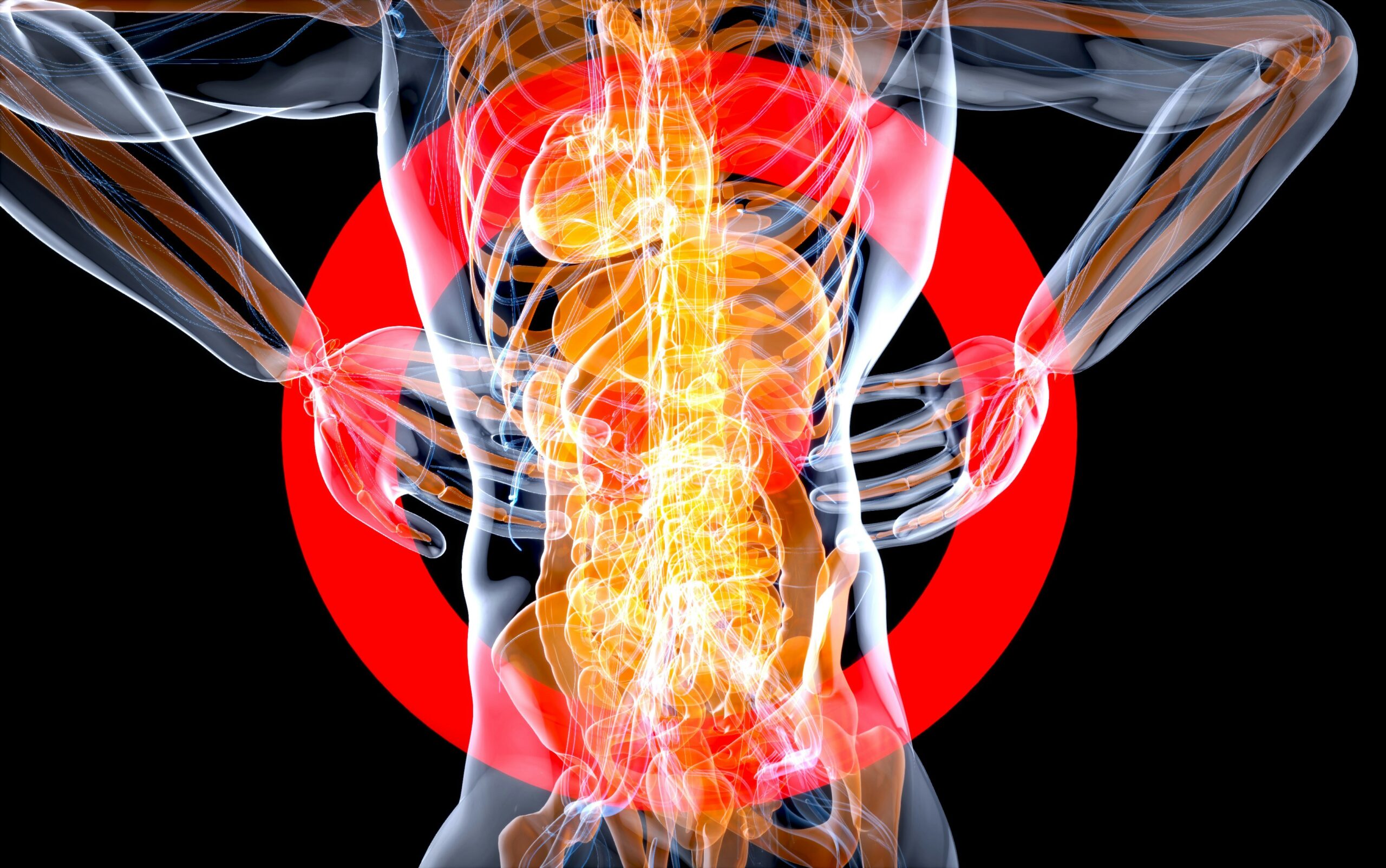
Back pain affects millions of people worldwide. It limits movement, disrupts sleep, and reduces productivity. Many fear that surgery is the only way to find relief. But in most cases, there are safer, natural, and highly effective ways to ease back pain and restore quality of life. By understanding the causes and applying practical strategies, you can often avoid invasive procedures.
Understanding Back Pain
Back pain can come from strained muscles, poor posture, or injury. Sometimes it develops gradually from sitting too long or lifting heavy objects the wrong way. Other times, it appears suddenly after a fall or accident. The pain may be dull, sharp, or radiating into the legs.
Most cases are not caused by serious disease. Instead, they result from lifestyle habits and stress on the spine. Knowing this helps reduce fear and allows you to focus on recovery. Surgery is usually needed only when there is severe nerve compression, spinal instability, or conditions that do not respond to other treatments.
The Role of Movement
Rest may feel like the right answer when your back hurts, but too much rest can make things worse. Movement strengthens muscles, improves blood flow, and reduces stiffness. Gentle exercises such as walking, stretching, or swimming help maintain flexibility and ease pain.
When you move, the spine receives nutrients and heals faster. Daily activity also prevents the surrounding muscles from weakening. A strong back is less likely to experience chronic pain. Even small efforts, like standing up every 30 minutes during work, make a big difference.
Posture and Daily Habits
Poor posture is one of the main triggers of back pain. Sitting slouched over a computer strains the lower back. Standing with uneven weight on your feet creates an imbalance. Over time, these habits put pressure on the spine and cause discomfort.
You can improve posture by keeping your shoulders relaxed, your head aligned with your spine, and your feet flat on the ground when sitting. While standing, distribute weight evenly. Using supportive chairs and adjusting the height of your desk also helps.
Daily habits matter too. Bending your knees when lifting, carrying loads close to the body, and avoiding twisting motions protect your spine from injury. Small adjustments prevent future problems and support long-term back health.
Managing Stress and Tension
Stress plays a hidden role in back pain. When the body is tense, muscles tighten and create stiffness in the neck and lower back. This makes even minor discomfort worse. Relaxation techniques such as deep breathing, meditation, or yoga reduce stress and loosen tight muscles.
Taking short breaks during the day to stretch or breathe deeply eases both the mind and body. Regular sleep also restores muscles and allows the body to repair itself. Managing stress is not only good for mental health but also an essential step in reducing back pain.
Building Core Strength
The muscles in your abdomen and lower back support the spine. Weak core muscles increase strain on the spine and cause pain. Strengthening these muscles gives your back better support and improves stability.
Simple exercises like planks, bridges, and pelvic tilts strengthen the core without adding pressure to the spine. Practicing them a few times a week creates long-term resilience. Strong core muscles also help maintain better posture and reduce the risk of future injuries.
The Role of Weight Management
Carrying extra weight adds pressure to the spine and joints. This is especially true for the lower back. Losing even a small amount of weight reduces strain and improves mobility.
A balanced diet rich in fruits, vegetables, lean proteins, and whole grains supports both weight management and healing. Staying hydrated also keeps spinal discs healthy. With consistent changes, weight loss can reduce back pain and improve overall health.
Heat, Cold, and Natural Relief
Home remedies can ease back pain quickly. Applying ice reduces inflammation and numbs sharp pain, especially right after an injury. Heat relaxes tight muscles and improves blood flow, making it useful for stiffness or chronic pain.
Alternating between heat and cold often works best. Gentle massage, warm baths, or using essential oils like lavender and peppermint also help. These natural approaches reduce pain without medication or side effects.
Professional Support Without Surgery
Doctors and therapists offer many non-surgical treatments. Physical therapy teaches specific exercises that restore movement and build strength. Chiropractic care adjusts the spine to reduce pressure and restore balance. Acupuncture and massage therapy also provide relief for many people.
Medication may help in some cases, but it should be used carefully and only for short periods. Professional support gives you tools and guidance to manage pain safely without resorting to surgery.
When Surgery Becomes Necessary
Surgery is not always avoidable. In cases of severe nerve compression, spinal deformities, or injuries that do not heal with other methods, surgery may be required. Warning signs include numbness, weakness, or loss of bladder control.
If surgery becomes necessary, advances in medical technology have made procedures safer and recovery faster. But most people never need surgery if they address the root causes of their pain early.
A Long-Term Plan for Back Health
Back pain may come and go, but long-term relief requires a consistent approach. Regular exercise, proper posture, stress management, and healthy habits create a strong foundation. Listening to your body and acting early when pain appears prevents problems from becoming severe.
The goal is not just to relieve pain but to build a lifestyle that protects your back for years to come. With the right strategies, you can enjoy movement, sleep better, and live without fear of surgery.
Back pain is common but rarely requires surgery. By moving regularly, practicing good posture, strengthening your core, and managing stress, you can reduce pain and protect your spine: natural remedies and professional support offer safe and effective solutions.